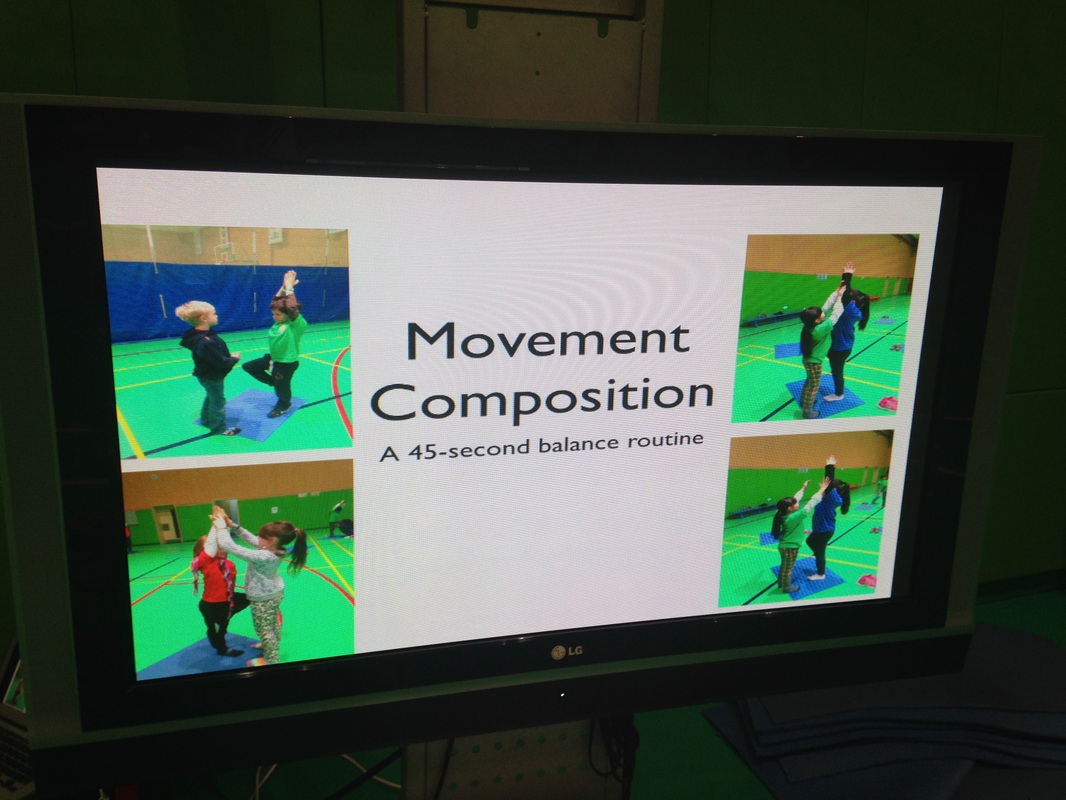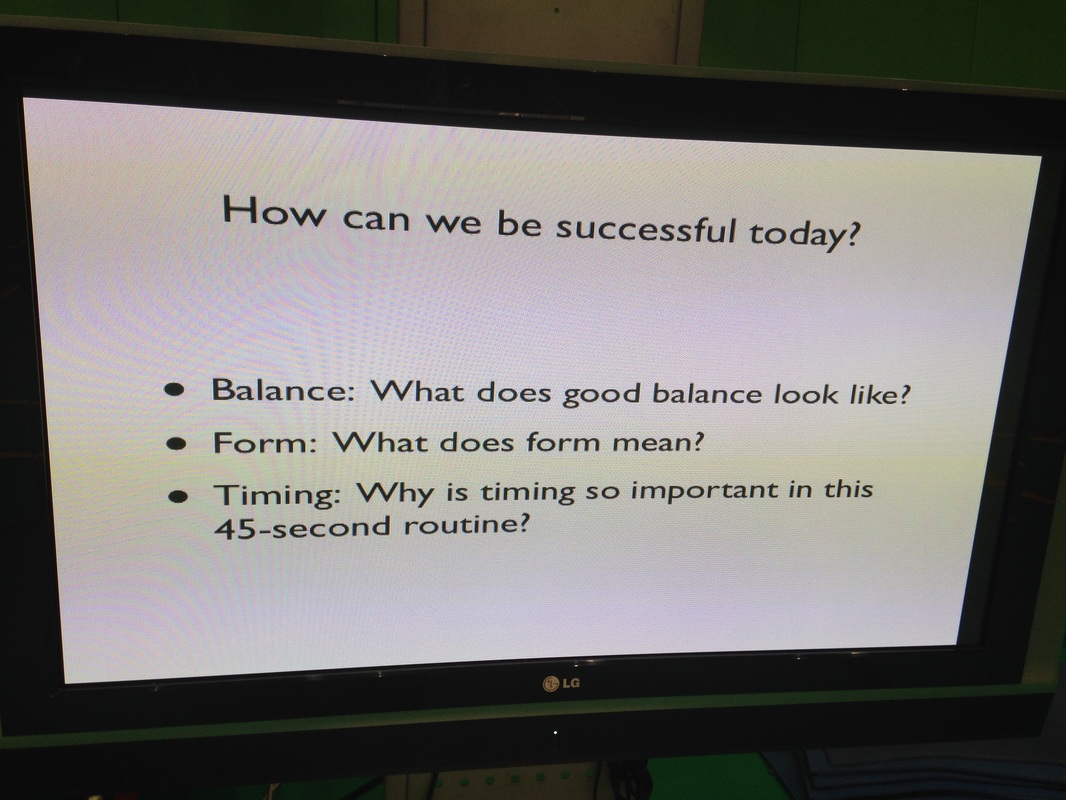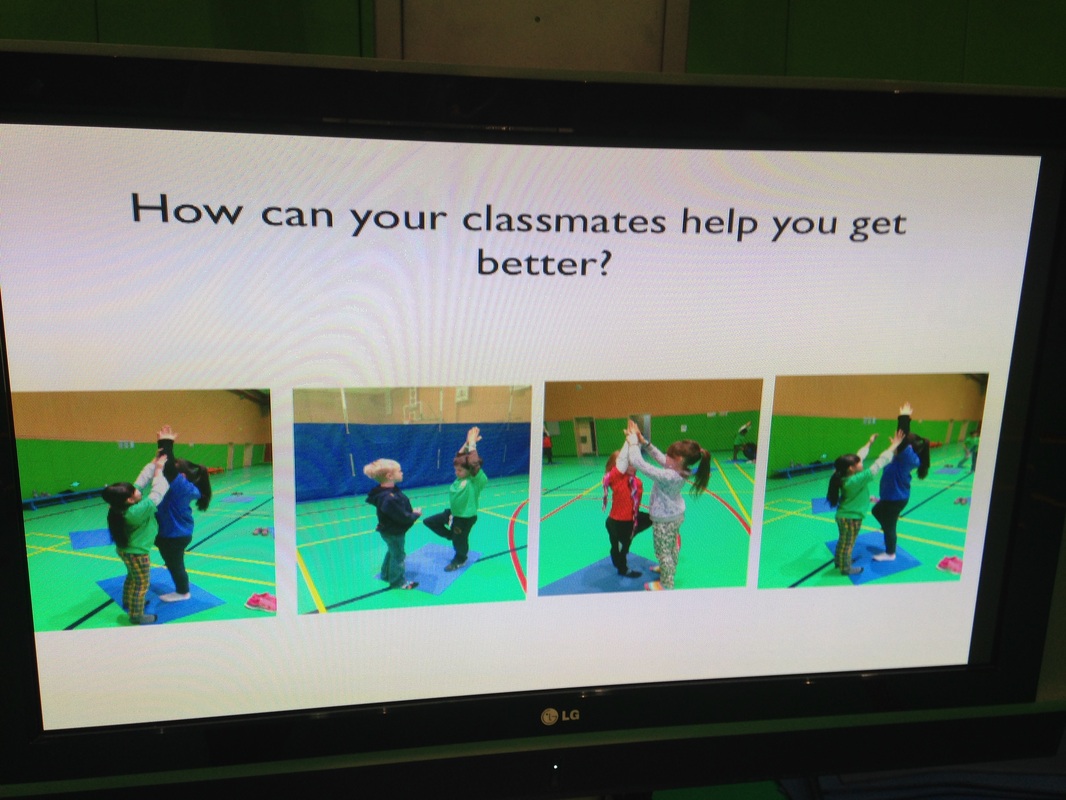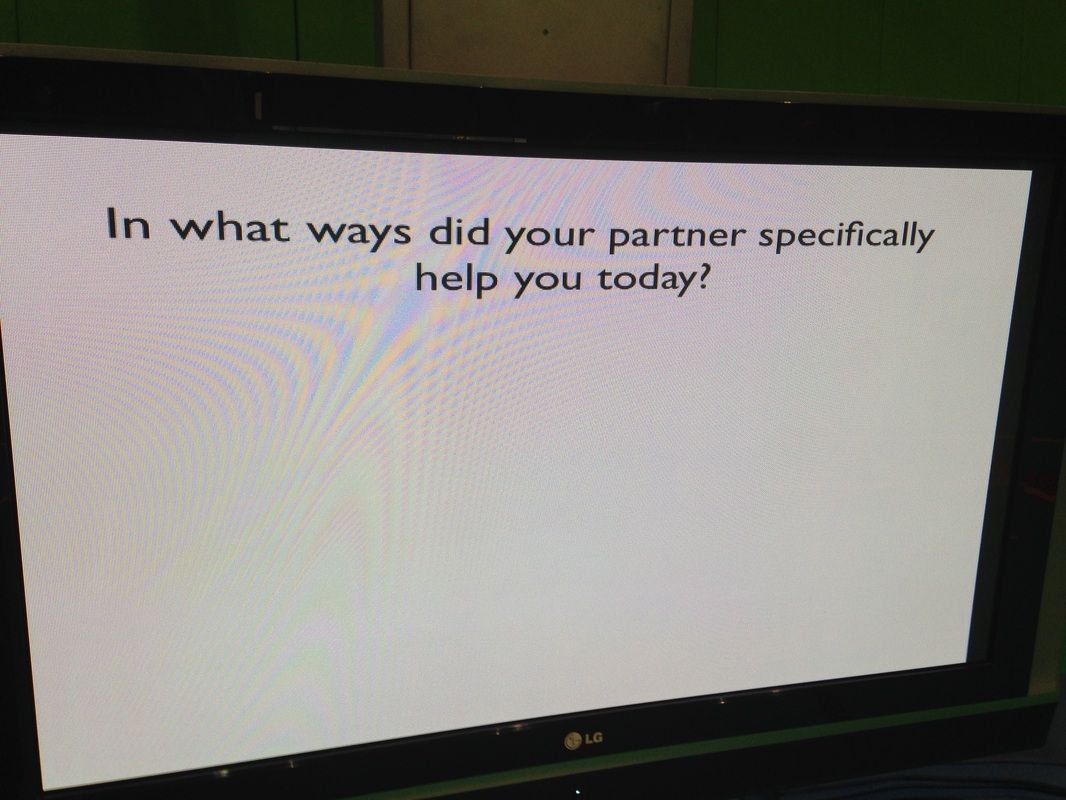Breaking down success in 45-second routine creationMy grade 4 students are still in the early stages of their movement composition unit here at Nanjing International School. I've been exposing them to a variety of different movement composition type activities that will help to give them a taste of a variety of tasks that can be done in a unit such as this. I want to hook them into all the possibilities that exist in order to help them ultimately find what may interest them the most as we approach the summative assessment task in a few weeks time. Through a specific line of questioning and getting my students taking part in various movement composition related activities, they have been able to narrow down and identify which success criteria are most important in this unit. My aim in yesterday's class was to get them to create their own 45-second individual balance routine that focused on three important success criteria; Balance, Form, and Timing. Form was a relatively new idea to them but it didn't take long at all for them to understand what it was. I prepared a short Mac keynote to open the class up and begin to have a discussion on how our peers can help us to improve. I was trying to get them zeroed in on the importance of giving and receiving feedback. Not just saying, 'Oh that was good' or 'you need better balance', but to be very specific in their feedback. Many students became hands on helping to adjust and put their partners into the correct positions which was great to see. In this 65-minute class, I went through a few distinct phases to prepare them for their end of class 45-second balance routines. A) We discussed what good 'balance' looked like as an initial starting point. I modeled both good and bad balance and the kids immediately began sharing their thoughts. This took no more than 2 minutes. Over the next 10 minutes , we then practiced three different balances focusing on being as still as possible while executing the balance. B) Once the students were able to do all three balances, we began our discussions on what good 'form' looks like. We discussed each of the balances, centering in on what makes the balances look good. Specifics were discussed such as (hands together, arms straight, toes pointed, back flat, leg and back in a straight line etc.) C) During this phase of the lesson, students were encouraged to be artists and to create 2 additional extension poses using the initial balance as a starting point. This is when the success criteria of 'timing' was introduced. They were now required to hold each balance for '5 Nanjings' (5 seconds roughly). As they practiced, they began to get peer feedback from a partner. D) This phase was a bit more teacher directed as I helped them to understand how long each balance was meant to be held. I counted off in 5-second intervals with them switching up balances each interval. E) This is when I introduced the music and had them practice their 9-balance sequence ensuring that their timing was on. I again counted off '5 Nanjings' to continually remind them about when they need to transition over to their next balance. F) Final Routine/Peer Feedback Phase: During this final phase, students performed their balance routines for their partner. Their partner was responsible for giving quality feedback. Each student had a chance to perform, listen to feedback, and perform once last time ensuring that they could improve upon the areas recommended by their partner. G) Final Wrap-Up: During the last 2 minutes of class, I had the students give me their thoughts in regards to what feedback was most useful to them. Most seemed to say that feedback related to their 'form' was most useful to them in regards to helping them improve the overall quality of their routine. All in all, a great lesson, however, it took a lot of structure and planning ahead of time. Check out the video below which will give you a 2-minute glimpse into different phases of this lesson. I encourage you to try this lesson out if you are doing a movement composition unit. Let me know how it goes if you use the idea. Thanks for reading.
3 Comments
mia
4/4/2015 11:38:11 pm
I really like your blog. This is a very nice post and I totally agree with you here. <a href="http://1ws.com/">This</a> article also discusses it. I hope you find it useful.
Reply
Mar Limberg
4/5/2015 04:56:56 pm
I really like your blog. This is a very nice post and I totally agree with you here. http://1ws.com article also discusses it. I hope you find it useful.
Reply
Leave a Reply. |
AuthorKAUST Faculty, Pedagogical Coach. Presenter & Workshop Leader.IB Educator. #RunYourLife podcast host. Archives
September 2022
|
- Welcome
- All Things Teaching and Learning
- The Aligned Leader Blog
- Consulting and Coaching Opportunities
- My TED X Talk
- My Leadership Blog
- Run Your Life Podcast Series
- How PYP PE with Andy Has Helped Others
- Good Teaching is L.I.F.E
- The Sportfolio
- Example Assessment Tasks
- PYP Attitude Posters (printable)
- Publications




 RSS Feed
RSS Feed
